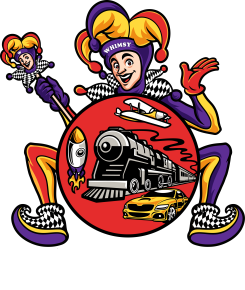- Trains
- Candy
- Toys
- Models
- Rockets
- Games
- Puzzles
- Crafts
- Hobby Supplies
- Slot Cars
- STEM
- Etc
- Gift cards
Your cart is currently empty
Product image slideshow Items

67738 HO 40' Modern Box, SP (3)
Railroad boxcars are perhaps not only the best-recognized pieces of equipment ever put into service but also one of the most identifiable symbols of the industry itself. During the early years of the industry freight was hauled on simple flatcars or early gondolas. In Upstate New York was the burgeoning Mohawk & Hudson Railroad, the first chartered system in the United States which later became part of the New York Central, came up with the novel idea of covering its gondolas in 1833 since the railroad dealt with snow throughout much of the winter. The car’s development continued to improve over the years such as switching from basic wood construction with steel outside-bracing, within the same size specifications; 40 feet, a standard size employed by the American Association of Railroads (AAR). To better enhance crew safety, in 1968 the AAR legislated the removal of roof walks. The 40 foot boxcars needed to be “modernized” to adhere to the AAR mandate. This was to be completed by 1978 for cars in interchange service. Some of these cars had side and end ladders cut down, in some cases, modification included lowering the brakewheel. What made boxcars great, at least in the eyes of the railroads, was, their ability to haul about anything! Railroads thrive on redundancy to maximize efficiency.

